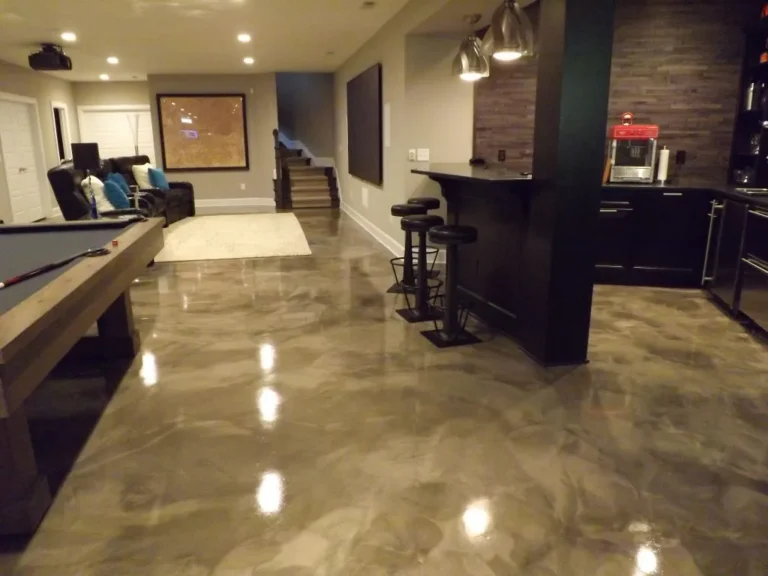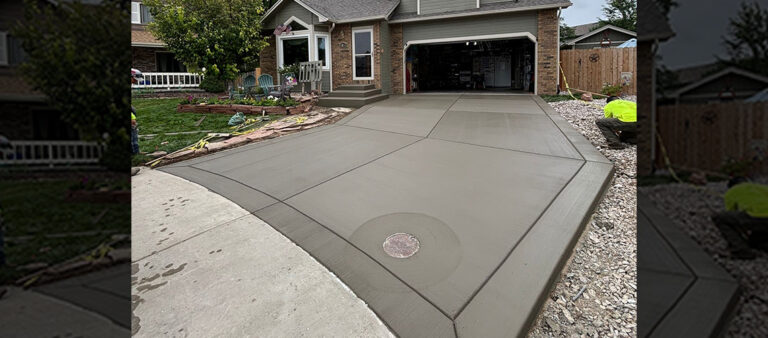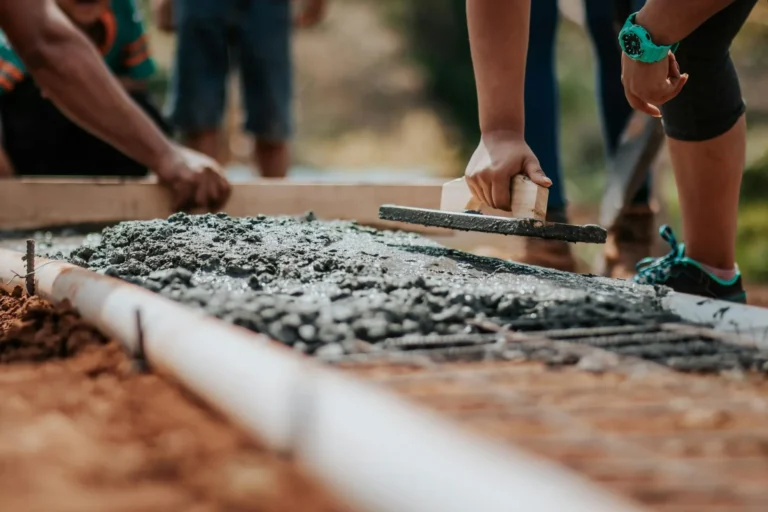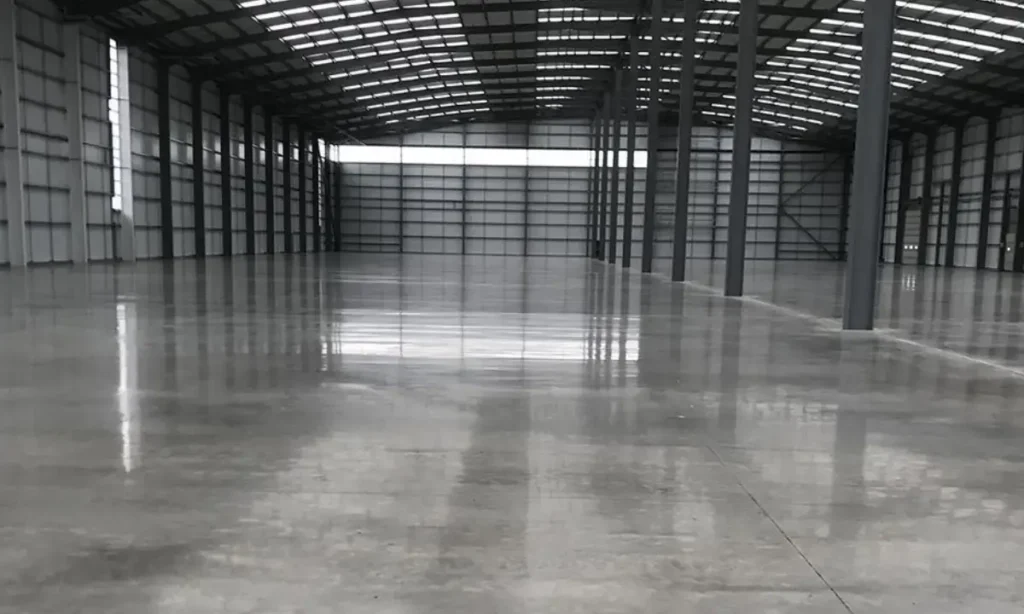Concrete curing is one of the most critical aspects of construction, yet it’s often misunderstood or overlooked. Proper curing is essential for achieving the desired strength, durability, and longevity of your concrete structures. This comprehensive guide will delve into the importance of concrete curing, the factors that influence it, and best practices to ensure your concrete projects stand the test of time.
What is Concrete Curing?
Concrete curing is the process of maintaining adequate moisture, temperature, and time to allow the concrete to achieve its designed strength and durability. Unlike drying, which merely refers to the loss of moisture from the concrete’s surface, curing involves creating the right conditions for the hydration of cement particles. This hydration is essential for the chemical reactions that result in hardened concrete.
Why Curing Matters?
Proper curing is crucial for several reasons:
- Strength Development: Concrete gains strength as it cures. Inadequate curing can result in weak, brittle concrete that doesn’t meet its specified strength.
- Durability: Well-cured concrete is more resistant to freezing and thawing, chemical attacks, and other environmental factors that can degrade its surface and internal structure.
- Minimized Cracking: Proper curing helps control the rate of evaporation, reducing the risk of cracks that can compromise the integrity of the structure.
- Surface Quality: Curing enhances the concrete’s surface, making it denser, more uniform, and resistant to abrasion.
Factors Influencing Concrete Curing Time
Several factors influence the curing time and effectiveness of concrete:
- Temperature: Higher temperatures accelerate the curing process, while lower temperatures slow it down. Extreme temperatures, both hot and cold, can negatively impact the concrete’s strength and durability.
- Moisture: Concrete needs adequate moisture to cure properly. If it dries out too quickly, the hydration process is interrupted, leading to weaker concrete.
- Mix Design: The composition of the concrete mix, including water-cement ratio and the type of cement used, plays a significant role in determining curing time.
- Surface Area: Larger surface areas are more susceptible to moisture loss, requiring more careful curing techniques to prevent premature drying.
Best Practices for Concrete Curing
To ensure your concrete cures correctly, follow these best practices:
- Keep It Moist: Use curing compounds, wet burlap, or plastic sheeting to maintain moisture levels in the concrete. Spraying water regularly is also an effective method.
- Control Temperature: In hot climates, consider using shade, windbreaks, or cooling blankets to prevent excessive evaporation. In cold climates, use insulation or heated enclosures to maintain an optimal curing temperature.
- Timing is Key: Begin curing immediately after the concrete is placed and finished. The first 24-48 hours are critical for preventing moisture loss and initiating the hydration process.
- Consider Curing Methods: Depending on your project, you can choose from various curing methods such as water curing, membrane curing, or steam curing, each with its advantages and applications.
- Monitor Progress: Regularly check the moisture levels, temperature, and overall condition of the concrete during the curing period to ensure optimal results.
Common Curing Methods
- Water Curing: This involves keeping the surface of the concrete wet continuously for a specified period. It’s one of the most effective methods but can be labor-intensive.
- Membrane Curing: Applying a curing compound that forms a moisture-retaining film on the concrete surface. This method is convenient and widely used in large-scale projects.
- Steam Curing: Used primarily in precast concrete plants, this method accelerates the curing process by applying heat and moisture through steam.
Curing Times for Different Types of Concrete
- Regular Concrete: As it is known, regular concrete attains about 70% of its strength in the first week of curing and gains full cure at the age of 28 days. It should stay damp, but not dry at all through out the curing time.
- High-Strength Concrete : High-strength concrete has a lower water-cement ratio, and thus requires longer curing times. It may require longer curing times before reaching peak levels.
- Rapid-Setting Concrete : While still requiring adequate moisture and temperature control during set-up, rapid-setting concrete cures much faster which is ideal for fast-track projects.
Common Mistakes to Avoid
- Premature Loading: Avoid placing heavy loads on the concrete before it has fully cured, as this can cause cracks and structural issues.
- Inadequate Moisture Control: Ensure the concrete remains moist during the entire curing period to prevent incomplete hydration.
- Ignoring Temperature Fluctuations: Be mindful of temperature changes, particularly in extreme weather conditions, and take steps to maintain a stable curing environment.
Ready to start your next project?
Concrete curing is one of the most important factors in any concrete project, but it’s just one part of the equation. At Hugo’s Concrete we bring over 18 years of experience to every job. Whether you’re planning a new driveway, a patio or maybe a concrete polishing project, ou team is here to guide you every step of the way.





